Venus is covered by a thick layer of clouds which shines brightly, making it the brightest planet in the sky. See prior Venus overview. Visually it appears to be a featureless white disk which goes thru phases like the moon. However, UltraViolet light shows rapidly moving clouds, thought to be composed of sulfuric acid and aerosols(wikipedia):
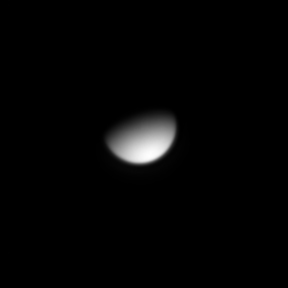 |
| Venus Visible light 7/3/2018 ~3:30 UTC |
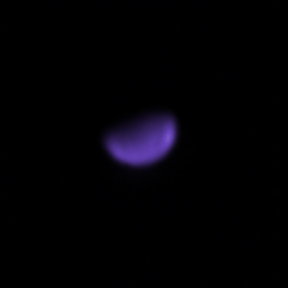 |
| Venus Ultraviolet colorized 7/3/2018 ~3:30 UTC |
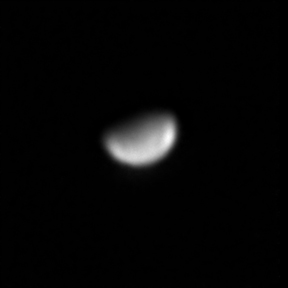 |
| Venus Ultraviolet grey scale 7/3/2018 ~3:30 UTC |
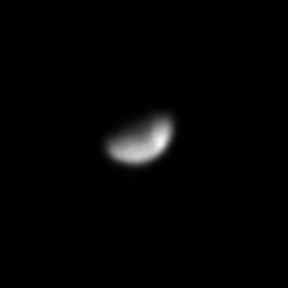 |
| Venus Ultraviolet 7/2/2018 ~3:30 UT |
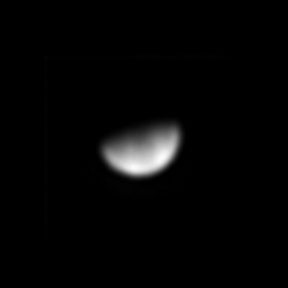 |
| Venus Ultraviolet 7/14/2018 3:35 UT |
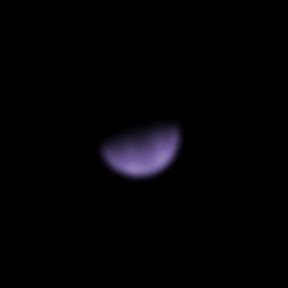 |
| Venus Ultraviolet colorized 7/14/2018 3:35 UT |
No detail in this one:
 |
| Venus Ultraviolet 7/4/2018 ~3:30 UT |
Couldn't pick up any detail in IR:
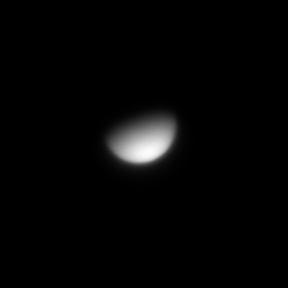 |
| Venus Infrared 7/3/2018 ~3:30 UTC |
Imaging details:
imaging in UV was complicated by light loss and poor focusing of UV light by glass elements in the image train, increased UV susceptibility to atmospheric distortion, and turbulent air near sunset when Venus is visible.
typical capture
Celestron 11 edge HD
Camera=ZWO ASI290MM
Frames captured=109386
Duration=400.921s
FPS (avg.)=272
Shutter=3.206ms
Gain=361 (60%)
Histogramm=33%
Baader U filter: 350nm, bandwidth 60nm (320-380nm)
Baader IR pass "685" nm
Eastbluff
Southern California
No comments:
Post a Comment